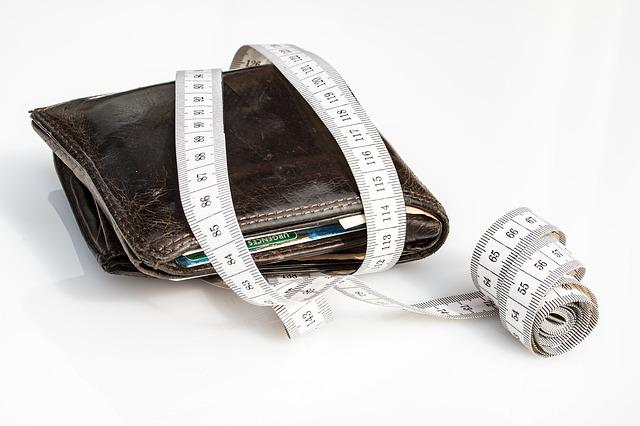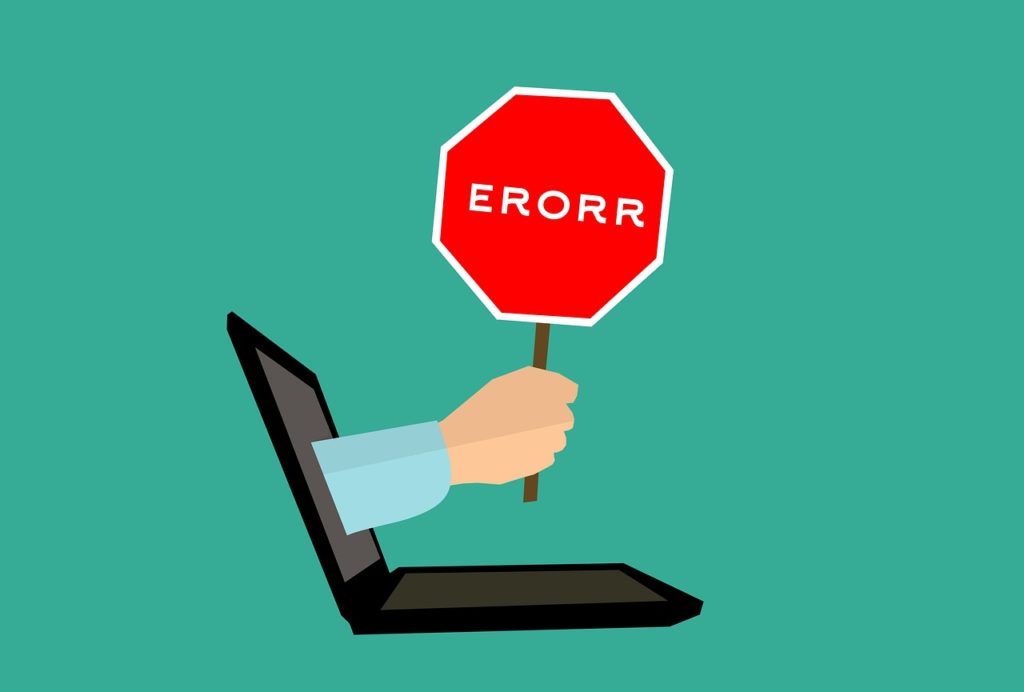
As the economy continues to battle inflation, and the Fed continues to raise interest rates, it is more important than ever before for seniors to manage their credit card debts. Higher interest means that we will ultimately pay more the longer we let our debt sit. For retirees, understanding how to manage debt and savings simultaneously is a tricky dance, but it is possible, CNBC’s Annie Nova reports.
Debt and Retirement Savings
Credit is good, debt is bad. That’s an important distinction to remember. Credit allows us to cover expenses, build savings, and have an immediate safety net. Using credit is to our advantage, but we must be mindful of the debt that comes along afterward. Credit card debt is a prevalent issue in America, with current annual consumer debt sitting around $15 billion. Retirees often use credit to help cover their cost-of-living, and on the fixed income, have trouble decreasing their debts.
We must prioritize our retirement savings, but does there come a point where it makes sense to either prioritize debt first, or even use retirement savings to tackle debt?
Using retirement savings to combat debt makes sense, but we must be smart about it. The worst-case scenario is that we end up losing our whole savings without completely wiping away our debt. Retirees can be smart about their credit debt by using their retirement savings in these ways:
- Withdrawing from our 401(k)s
- Stalling our investments, and using what we’d invest to pay our debt
- Getting a 401(k) Loan
Withdrawing from a 401(k) can be tricky as well, and you should only do so if you meet the age requirement to avoid early withdrawal fees. Withdrawing is bittersweet because you pay off your debt but run the risk of missing out on growing your investment.
Stalling your investment is the safest bet, as you can let your current investment grow and chip away at debt at the same time. The caveat with this option is that it might take a long time, depending on the amount of debt you owe.
Using a 401(k) Loan
The third option may make sense for some retired seniors to pursue. It’s ironic, but we can use credit to pay off our debts. But as previously stated, we need to be extra careful here. This option only works if we can substitute the debt we currently owe for “better debt” down the line. Utilizing a 401(K) as an asset, and obtaining a loan from your 401(k) can be a means of switching your bad debt for debt that is easier to handle and ultimately pay off.
401(k) loans have different benefits too. The interest is generally lower than any credit card debt, and what you pay is reinvested into your plan. The catch, however, is that you have a 5-year time limit to pay off what you accrue. Failing to pay back your 401(k)-loan debt means getting it with additional penalties and taxes that could eat away at your savings. If you can manage the debt from a 401(k) loan better than this is a real, viable option to better your financial situation.
There is no one way to get out of debt; all that matters is that you do so wisely. Debt is also nothing to be ashamed of, as almost every American has dealt with it in the past. That means there are people who understand what you may be going through. Seeking advice on how to balance debt and retirement savings is the way to go, so you can find an option that works best for you and your financial security.
For more updates on all thing’s retirement, follow the Council for Retirement Security, and make sure to join the Council in its fight to protect the Social Security Trust today.



